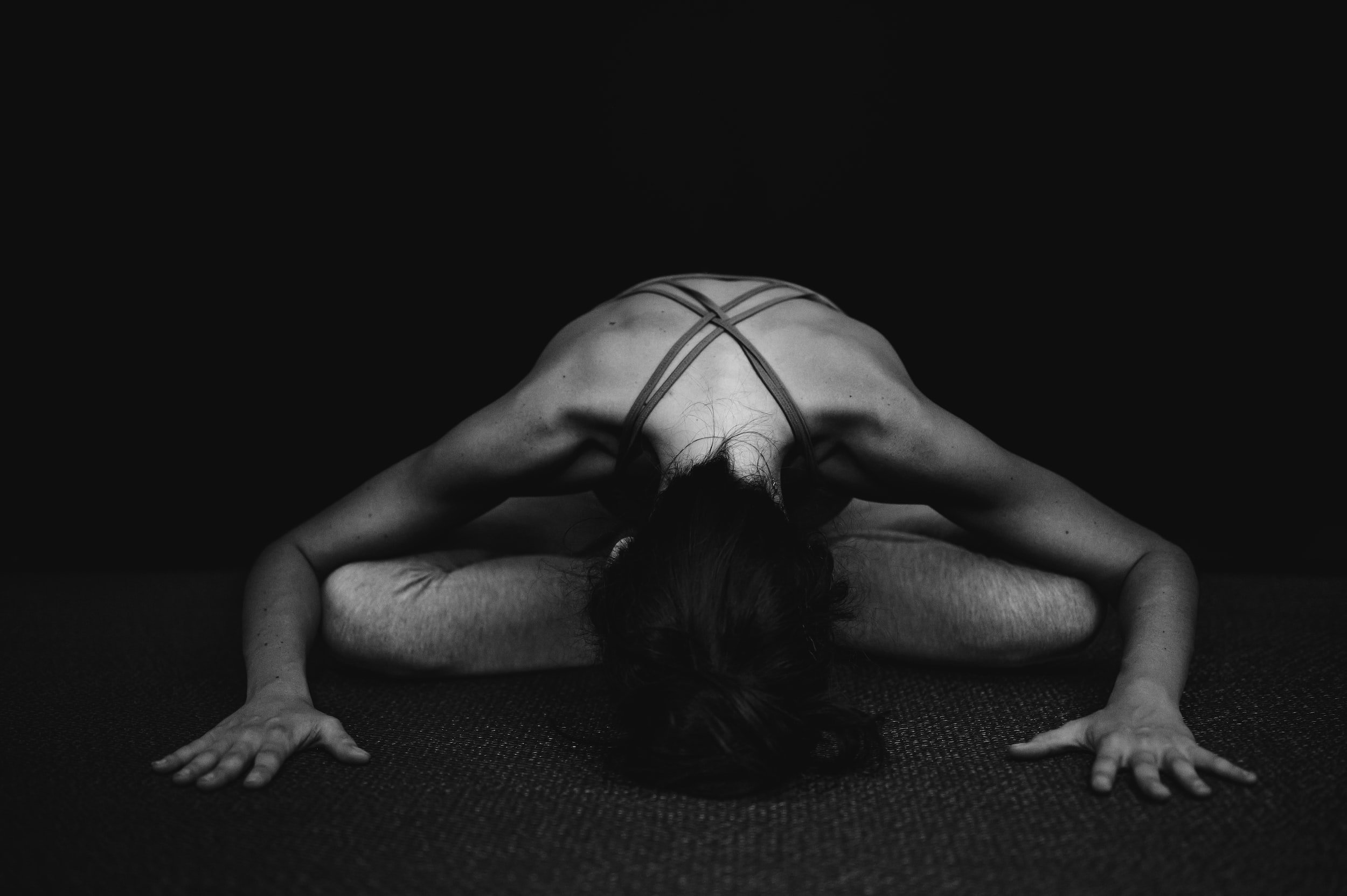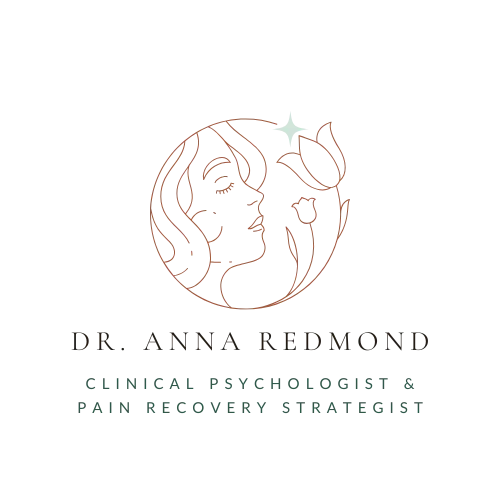Connect with me!
Tell me the number one thing that you want to understand about your pain?

Rest, Exertion, and Everything In-Between
Activity levels come up so much when we’re talking about women who have had chronic pain for years.
There are two sides to the spectrum of activity, or two extremes that we often see.
Some people are prone to pushing through pain in the name of accomplishing something, finishing their to-do list, type A personality, maybe in the name of showing their worth or proving to someone that they are enough.
There are a lot of reasons for this, but what they all have in common is that they end up overexerting themselves.
Here is how that often plays out - those with chronic pain use a good pain day, or a day they are feeling better, to tackle all of the things that have fallen to the wayside. Maybe they feel okay while they are doing it, but the next day they wake up with a flare-up and are laid up for several days in a row. This cycle of overactivity, flare-up, and crash, this boom-bust cycle, leads to various negative consequences like stress and anxiety, decreased efficiency, lowered self-esteem, a low sense of their own ability to cope with their pain.
What then? Sometimes we see those same people avoiding of activities because they generalize this experience to everything, thinking movement and activity of all kids will cause flare-ups.
The other type of person or other side of the spectrum is someone who is prone to be preoccupied with fear about harming themselves - this idea that when they have pain they think they are causing damage to their tissues or harm to their body. This group tends to avoid activity all together.
So we avoid an activity. What happens next? In the short-term, we are rewarded by an experience of not having pain from that activity. This pain we thought we were going to have. The avoidance is reinforced, in the short term, by the absence of pain.
In the case of acute pain, this is a totally appropriate approach. We wouldn’t want to use our broken arm to pick up a bag of groceries. Right? Because we could be actually further injury]ing ourselves. But when people avoid over the long-term of pain that is chronic, this translates to an eventual OVERESTIMATION of how much pain that activity will cause as well as a DECONDITIONING of our muscles to do these small, everyday activities. Deconditioning means weak muscles, tense muscles, guarded body, and this all translates to more pain in the long-term… not to mention the grief and loss that occurs when your life slowly becomes smaller and smaller
The idea here is that we want to give ourselves safe experiences with movement.
What does that mean? Well… it means something different for everyone.
Are curious what side of the spectrum you fall on? You probably have an idea already, but you may not be as far to one side as you think. OR your coping style may not be as refined or as helpful as you think.
I’m dedicated to helping women with pain begin to find confidence to return to the moments, activities, and people they love the most.
And… if you want more education on this topic, join us inside my free Facebook group to learn more about unhelpful patterns and my program that helps you figure out how to find your own safe experiences with movement.
© 2024 | Anna Redmond, LLC | drannaredmond.com
